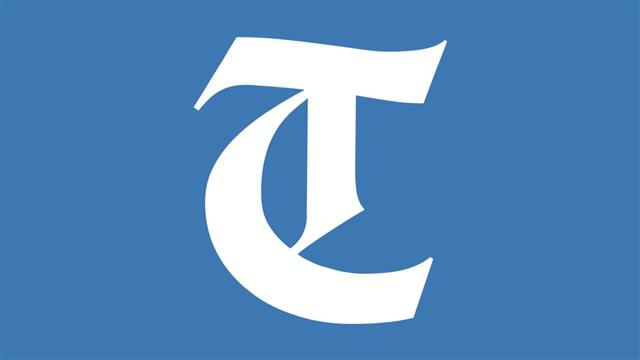A skull from Daulat Baig Oldie
Lt-Gen Raj Sujlana (retd)
THe recent news of completion of the all-weather ‘treacherous and strategically located’ road connecting Leh-Darbuk-Shyok-Murgo to Daulat Baig Oldie (DBO) took me back some 43 years. I was a Captain those days and served as the Aide to the General Officer Commanding (GOC), Major General Ralph Trevor Morlin. But before I relate the incident per se, a little history of DBO and a word about the personality involved would be in order.
DBO, at an altitude of 5,065 metres (16,614 feet), is located near the easternmost point of Karakoram Pass, just 8 km from the border with China. In the olden times, DBO was an important halting point for trade caravans between Leh (Ladakh) and the Tarim Basin in China. DBO, however, was prone to high-speed blizzards and heavy snow drifts that often buried parts or even entire caravans passing through. The human remains found there stand witness to such tragedies. Rather, the place is named after a Yarkandi nobleman, Daulat Baig, who is supposed to have died here. DBO literally means ‘Daulat Baig Died’. Even the entry from the nearest inhabited village to the South, Murgo, means ‘the gateway to death!’
Earlier, an Advanced Landing Ground (ALG) existed at DBO. It was used by the Air Force to operate the Fairchild Packet aircrafts between 1962 and 1965. However, following an earthquake, landing by fixed wing aircraft was stopped. Today, of course, the AN-32 and C-130J Super Hercules operate from the DBO ALG.
In the mid-1970s, DBO was a desolate, far-flung area accessible only either by light helicopters (Alouette-3 and the Cheetah) or after a long and strenuous trudge in rarified air over unchartered snow-clad terrain. The first distinct sign of human remains is unmistakably visible as soon as you land — the helipad is marked by human bones! Artificial markings did not survive for more than a day, but the well positioned human remains gave it a little permanency. Moreover, whenever a helicopter flew in and out, it gave a salute to the daring bravehearts of the past.
So, the GOC was a multifarious personality, a man for all seasons, and an outstanding soldier, who had varied interests. As hobbies he pursued angling, bird watching, philately, etc. but he had a profound interest in history, loved to read, learn, explore and authenticate stories of the past and local folklore. Being with him was a learning process every day in a variety of activities.
It was on one such exploratory outing to DBO that a very interesting episode happened. We landed early one day as the General wanted to spend more time on the planned reconnaissance as also to explore the surroundings. Our exploration led us to a nearby cave , our flashing torch lights suddenly focused on a couple of skulls and other remains. We examined the skulls closely and recovered one which surprisingly had some signs of flesh. We flew back to Leh and deposited it at the military hospital. The Commandant was tasked to get done a forensic examination by experts to determine its possible age and gain any other medical benefits.
A sad happening followed sometime later, but, if I may say, led to a humorous situation too. A massive fire broke out in the hospital. Fire fighters and men battled the fire and all patients were successfully evacuated, but the military hospital was reduced to ashes. A detailed count of heads confirmed all were safe, but as the salvage operation rummaged the ground, a skull was suddenly recovered. There was panic indeed as no one was missing. A re-count of heads reiterated all personnel accounted for, with no answer to the mysterious skull!
The GOC on leave rushed back and was informed about the skull. He immediately asked about the skull from DBO. There had been a change in Command at the military hospital and the new incumbent was oblivious of the skull from DBO. Checking confirmed that it had not been dispatched for further testing and had been forgotten. All faces now turned red, but the mystery was over.









